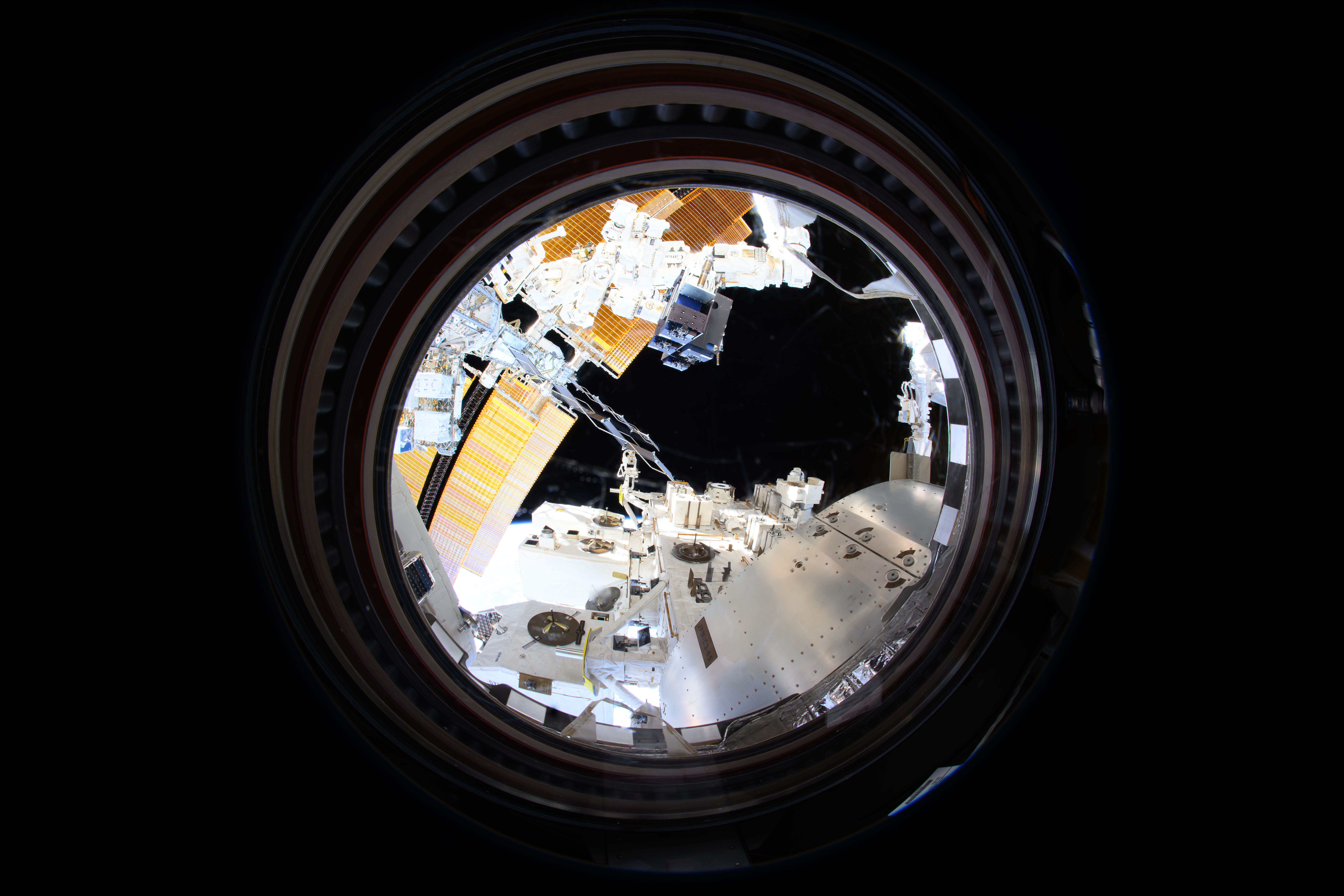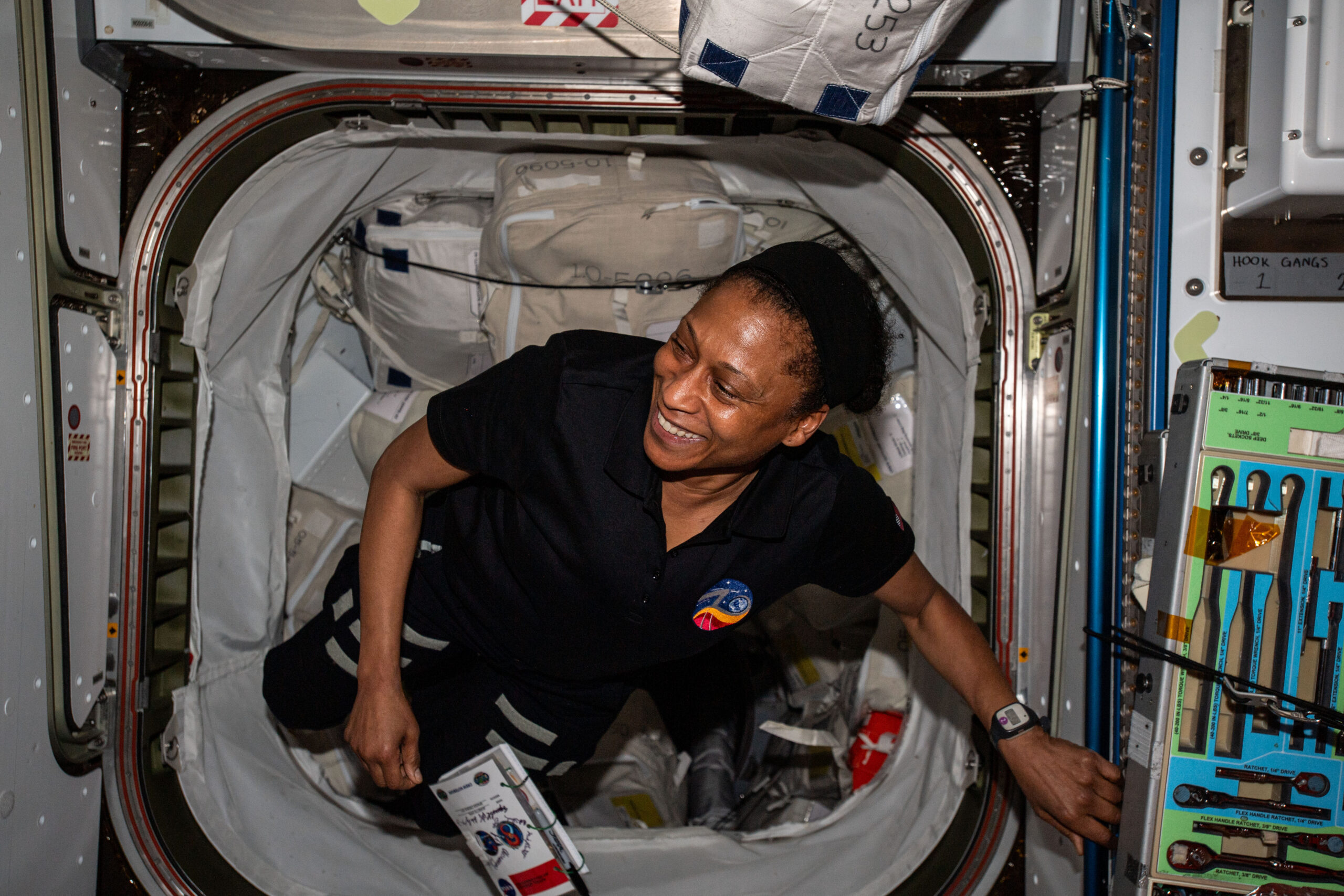The Role of Wearable Technology in Space Exploration and Human Health
In recent years, wearable technology has become an integral part of everyday life, providing individuals with the ability to monitor various health metrics such as step count, heart rate, and sleep patterns. These devices not only encourage healthier lifestyle choices but also have the potential to alert users to potential health issues like irregular heartbeats. However, the utility of these devices extends far beyond personal health management. They have also found significant applications in scientific research, including studies conducted on the International Space Station (ISS).
Wearable Devices in Space Research
The adoption of wearable technology in space research has provided scientists with invaluable data on human health under unique conditions. Astronauts on the ISS have been equipped with specialized wearables such as watches, headbands, vests, and more. These devices assist researchers in examining various health aspects like sleep quality, exercise efficiency, and heart health in a microgravity environment.
Spaceflight presents unique challenges to the human body, particularly in terms of regulating body temperature and maintaining circadian rhythms. In space, the lack of natural convection and changes in cardiovascular and metabolic systems can impact how the body manages heat and its daily biological clock.
Investigating Core Temperature with Thermo-Mini
One of the current investigations led by the European Space Agency (ESA) is the Thermo-Mini study. This research focuses on understanding how the human body regulates its core temperature during space missions. It utilizes a non-invasive headband monitor that astronauts can wear for extended periods. The data collected helps researchers assess how various environmental and physiological factors like room temperature, humidity, time of day, and physical stress impact body temperature. This technology is also used on Earth in clinical settings to improve incubators and study the effects of hot environments on human health.
Thermolab: Understanding Temperature Regulation in Space
Prior to the Thermo-Mini study, ESA conducted the Thermolab investigation, which explored how the human body adapts thermoregulatory and cardiovascular functions during rest and exercise in microgravity. The study revealed that astronauts experience a more rapid and sustained rise in core body temperature during exercise in space compared to Earth. This finding is crucial for understanding how prolonged space missions might affect astronaut health and raises questions about the human body’s adaptability to climate change on our planet.
Sleep-Wake Patterns in Space: The Actiwatch Spectrum
Space missions are known to disrupt normal sleep-wake cycles. To address this, the Actiwatch Spectrum, a wrist-worn device, is used to measure motion and ambient light. This advanced version of previous technology helps monitor the sleep quality and duration of crew members. Data from earlier missions indicated that astronauts tend to sleep less during space missions compared to pre- and post-flight periods. Subsequent investigations, such as the Actiwatch Sleep-Long, have examined how ambient light influences the sleep-wake cycle and identified a link between sleep deficiency and altered circadian patterns during spaceflight. These findings are paving the way for the development of lighting systems that can help astronauts maintain healthy circadian rhythms.
Monitoring Heart Activity with Wearable Vests
Another innovative study, Wearable Monitoring, tested a lightweight vest equipped with sensors to track heart rate and breathing patterns during sleep. This technology allows for continuous monitoring of heart activity without disturbing the wearer, offering potential benefits for individuals with sleep disorders on Earth. The study reported positive results, indicating that the vest could contribute to comprehensive health monitoring during future space missions and in certain Earth settings.
Carbon Dioxide Monitoring in Spacecraft
In enclosed environments like spacecraft, the accumulation of carbon dioxide exhaled by humans can pose health risks, leading to symptoms such as headaches and dizziness. Although spacecraft have systems to remove carbon dioxide from cabin air, pockets of the gas can still form and become difficult to detect. The Personal CO2 Monitor investigation tested sensors attached to clothing to track the carbon dioxide levels in an astronaut’s immediate surroundings. The study found that these devices function effectively both as crew-worn and static monitors, which is a critical step toward understanding carbon dioxide behavior in closed systems like spacecraft.
Radiation Exposure Monitoring
Radiation exposure is a significant concern for astronauts during space missions. The Canadian Space Agency’s EVARM investigation used small wireless dosimeters to measure radiation exposure during spacewalks. The results demonstrated the feasibility of this method for monitoring radiation levels, which could also benefit individuals working in high-radiation environments on Earth. Similarly, ESA’s Active Dosimeter study involved a device worn by crew members to measure radiation exposure over time, taking into account the space station’s orbit and altitude, solar cycles, and solar flares. These measurements provide insights into radiation dosage throughout an entire mission.
Radiation Protection for Lunar Missions
The Active Dosimeter was among the instruments used during NASA’s Artemis I mission, an uncrewed flight around the Moon in 2022, to measure radiation on the Orion spacecraft. Another device, the AstroRad Vest, tested on both the ISS and Artemis I, aims to protect astronauts from solar particle events. These technologies, combined with other radiation measuring tools, demonstrate that Orion’s design can safeguard its crew from hazardous radiation levels during lunar missions.
Conclusion: The ISS as a Testbed for Future Space Exploration
The International Space Station serves as a crucial testing ground for the development of wearable technologies and other innovations aimed at enhancing human health and safety during space exploration. These advancements hold promise not only for future missions to the Moon and beyond but also for improving health monitoring and safety measures on Earth. Through continued research and development, wearable technology will play an increasingly vital role in both space exploration and everyday life, offering solutions to challenges that arise in diverse environments.
For more detailed information on these studies, you can refer to the original research explorations on the NASA website.
For more Information, Refer to this article.

































